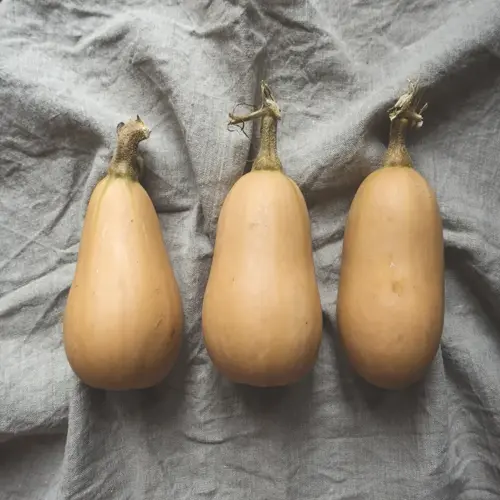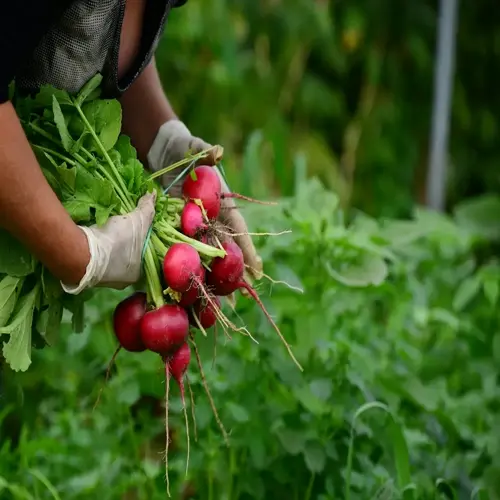Do beans need fertilizer?

Written by
Julia Anderson
Reviewed by
Prof. Charles Hartman, Ph.D.Beans have a very special natural fertilization system using symbiotic rhizobia bacteria associated with their roots. These bacteria convert atmospheric nitrogen into plant-available nutrients, thereby eliminating the need for synthetic nitrogen fertilizers. In fact, adding nitrogen supplements encourages too much leaf growth at the expense of pod growth and harms bean growth. This unique adaptation makes beans very low-maintenance crops.
Nitrogen Fixation
- Rhizobia bacteria colonize root nodules naturally
- Convert atmospheric nitrogen into ammonium nutrients
- Self-sufficiency eliminates fertilizer requirements
- Soil enrichment benefits future crops
Phosphorus Needs
- Essential for flowering and pod development
- Deficiency signs: Purple-tinged leaves
- Rock phosphate supplements if soil tests low
- Apply at planting near root zone
Potassium Balance
- Supports disease resistance and water regulation
- Wood ash provides natural potassium source
- Excess causes magnesium lockout
- Test soil before application
Properly identify nutrient deficiencies before adding nutrients. Purple leaves and delayed flowering characterize a phosphorus deficiency. Yellowing between the leaf veins indicates magnesium deficiency, which could be remedied by using an Epsom salt solution. Reducing growth with blue-green leaves indicates a zinc deficiency. Most deficiencies in balanced soils are infrequent.
Properly prepare your soil before planting. Add aged compost 2-4 inches deep to naturally provide micronutrients. Be sure to use compost, not fresh manure, as you risk burning roots. Add mycorrhizal fungi inoculants to help optimize phosphorus absorption, and maintain a pH between 6.0 and 6.5 to keep nutrients available. You don't have to use chemical fertilizers.
Use organic supplements in a responsible way only when beneficial. Compost tea during the flowering stage promotes pod growth without excess nitrogen. Rock phosphate provides phosphorus for soils that are deficient in phosphorus. Wood ash is a source of potassium in wetter climates. Watering deeply right after applications will keep the roots from burning.
Read the full article: When to Plant Beans: Ultimate Growing Guide

